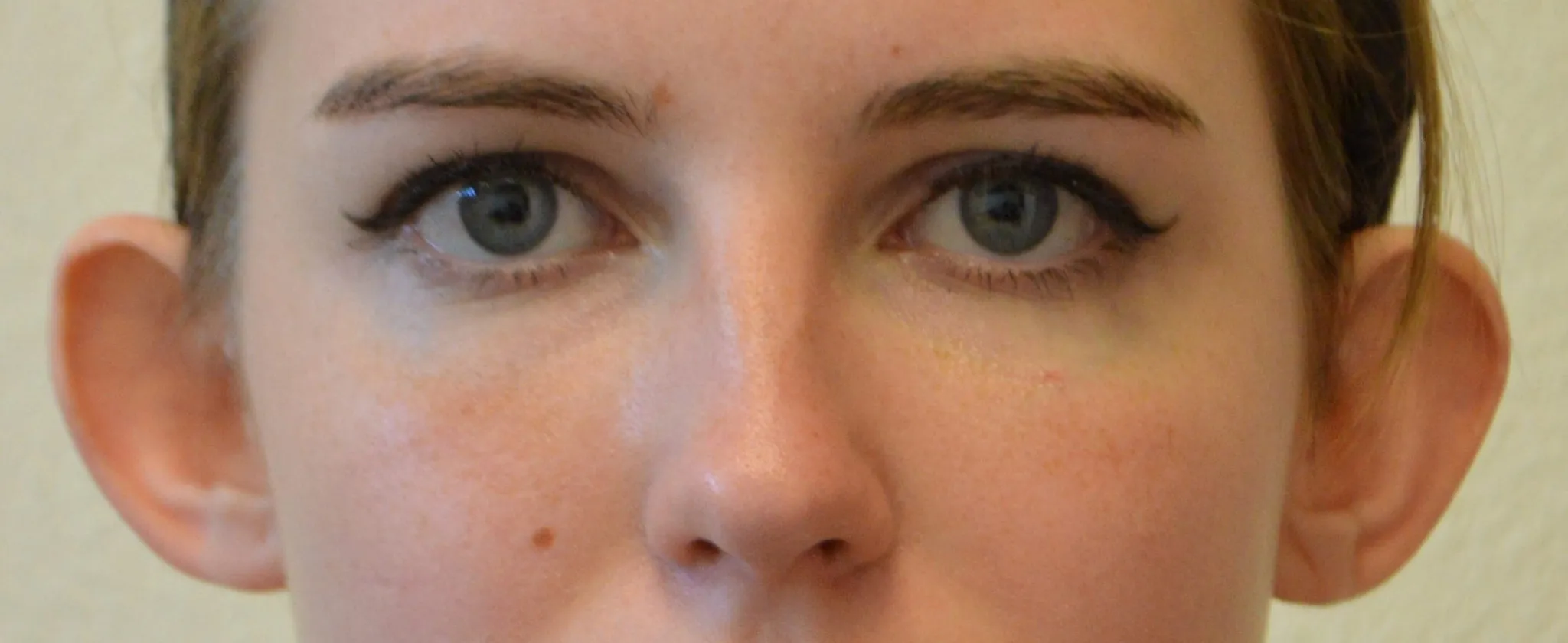Otoplasty is a cosmetic ear surgery that corrects ear abnormalities, including protruding ears, overly large ears, or misshapen ears. This surgery will change the shape, position, or size of the ears as well as correct ears that have been damaged by trauma. Otoplasty can help patients by improving the appearance of their ears and boosting their self-confidence. Since the ears will reach their full size by the age of 5, patients can have otoplasty done at any age after that. If a child is born with prominent ears and certain other ear-shaped problems, splinting may successfully correct these issues if started immediately after birth.
Why is otoplasty performed?
Otoplasty is typically done on both ears to optimize symmetry.Otoplasty may be considered for those with:
Misshapen ears or ear lobes
Protruding ears
Small, constricted ears
Ears with missing cartilage

What’s the best age for otoplasty?
Anyone with fully developed ears can have otoplasty. Most procedures are performed on children older than 5, although some adults choose to have otoplasty as well.
What are the different types of otoplasty?
There are different types of otoplasty, including:
Ear pinning: Performed on kids with prominent ears that stick out, the goal of this surgery is to bring ears closer to the sides of the head and reshape malformed cartilage.
Ear reduction: Performed on those with large or oversized ears, the goal of this surgery is to remove tissue to make the ears smaller.
Ear augmentation: Performed on those with misshapen ears, small ears, or ears that haven’t fully developed (microtia). The goal of ear augmentation is to increase the outer portion of your ear.

What happens during otoplasty surgery?
Otoplasty is performed as an outpatient procedure and you’ll be able to go home the same day. You will be given anesthesia to keep you comfortable. Depending on the type of otoplasty you’re having, the steps of the surgery may vary. The general steps of otoplasty include:
Making an incision (usually on the back of your ear or in the folds of your ear)
Adding or removing tissue to your ear
Reshaping your ear
Closing the incision with stitches
What happens after this procedure?
After the surgery, a dressing will be placed over your ears. You should keep the dressing clean and dry. During otoplasty recovery, it’s important to avoid touching your ears, not pulling the cloth over your head, and avoid sleeping on the ears to not put pressure on them.

What are the side effects of otoplasty surgery?
As with any surgery, otoplasty has some side effects, the most common include:
- Soreness
- Itchiness
- Redness
- Swelling
- Bruising
- Tingling or numbness
What are the risks of otoplasty surgery?
Otoplasty, as with any other type of major surgery, has risks, including the risk of bleeding, infection, and an adverse reaction to anesthesia. Other risks associated with otoplasty include:
Scarring: While scars are permanent, they'll likely be hidden behind your ears or within the creases of your ears.
Asymmetry in-ear placement: This could occur as a result of changes during the healing process. Also, surgery might not successfully correct preexisting asymmetry.
Changes in skin sensation: During otoplasty, the repositioning of your ears can temporarily affect skin sensation in the area. Rarely, changes are permanent.
Allergic reaction: It's possible to have an allergic reaction to the surgical tape or other materials used during or after the procedure.
Problems with stitches: Stitches used to secure the ear's new shape might work their way to the surface of the skin and need to be removed. This can cause inflammation of the affected skin. As a result, you might need additional surgery.
Overcorrection: Otoplasty can create unnatural contours that make ears appear to be pinned back.
Conclusion
Otoplasty is a type of cosmetic surgery that involves changing the shape, size, or position of the ears. It can be done for various reasons, such as correcting a birth defect, repairing an injury, or improving the appearance of prominent ears. Otoplasty can be performed on anyone who is at least 5 years old, in good health, and has realistic expectations. Otoplasty can have many benefits for patients, such as enhancing their self-confidence, reducing their discomfort, and improving their facial harmony.
Read more: